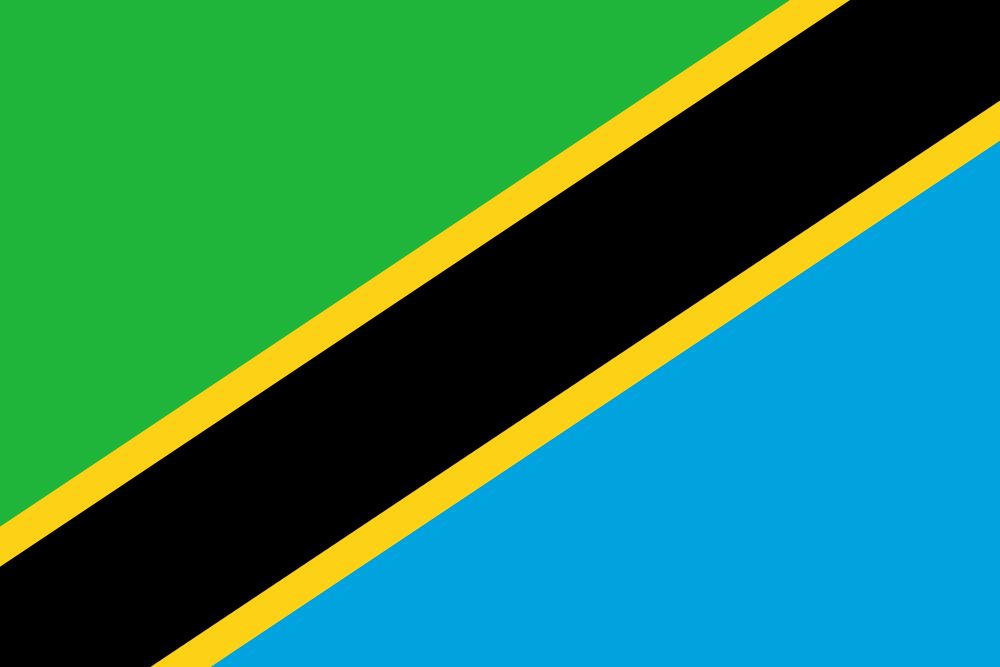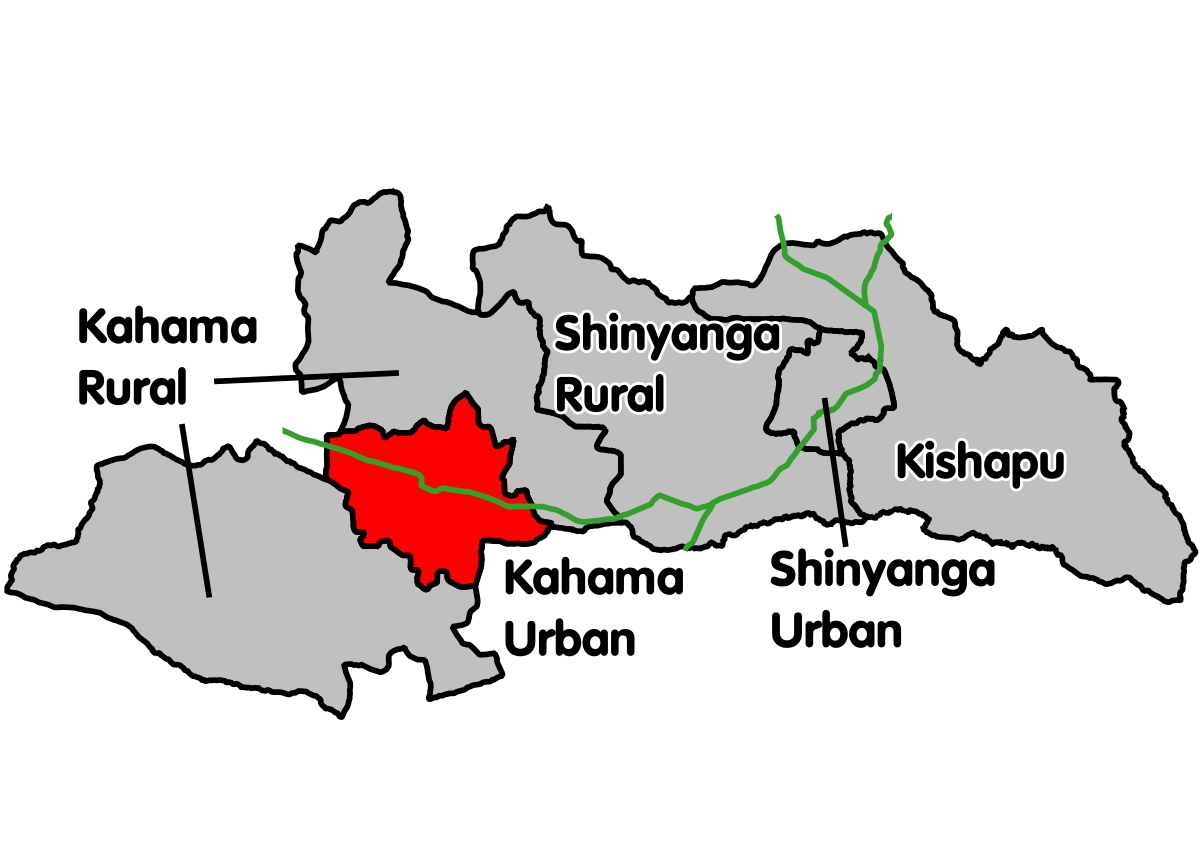The problem of malnutrition in Tanzania
The 2010
Tanzania Demographic and Health Survey (TDHS)
indicates that infant and under five
child mortality rates, though showing a declining trend between 1996
and 2010, are still high at 51 and 81 per 1000 live births, respectively. This
situation implies that 5 out of every 100 children die before their first
birthday and 8 out of 100 children die before their fifth birthday. The 2010
TDHS further indicates that the mortality rates were similarly high in both rural
and urban settings.
PANITA members on the meeting concentrating on the Seminar.
PANITA members on the meeting concentrating on the Seminar.
PANITA members deep to discuss more more about food and Nutrition in Tanzania because
The 2010 TDHS also indicates that chronic malnutrition
is endemic with 42%[1] of children
aged less than five years in Tanzania stunted, making it one of the 10 worst
affected countries in the world.
Members are waiting for the other section of Food and Nutrition at Victori Parace Hotel..
PANITA Members on the meeting.
Member is presenting what they have discussed in their group.
Members are discusing on their group
Members are discussing more about food and Nutrition in Lake zone.
Members are more concentration by listening presentation on the meeting.
MORE ABOUT FOOD AND NUTRITION IN TANZANIA.
Eight out of ten
infants and six out of ten under fives are anaemic. Although anaemia rates
among the young children seem to have dropped by 18 % compared to 5 years
before the 2010 TDHS (72% in 2004/2005 and 59% in 2009/10), the current rates
are still unacceptably high. Similarly, over 40 % of children do not have
access to adequately iodized salt, increasing the risks that they will suffer
intellectual impairment (TDHS, 2010).
The nutritional
status of women is also alarming. About 40 percent of women of child bearing
age are anaemic, and more than one in ten are thin (with body mass index (BMI)
of less than 18.5) (TDHS, 2010).The TDHS
2010 report indicates that more than 50 %
of pregnant women are anaemic and only about 4 % of women took the recommended
at least 90 doses of iron and folic acid tablets during their most recent
pregnancy. Similarly only 26 % of women took the recommended postpartum vitamin
A dose to help in enhancing the immunity of both the mother and a breastfeeding
child. Inequities in nutritional status continue to persist, with most
malnourished children and women living in rural areas.

























No comments:
Post a Comment